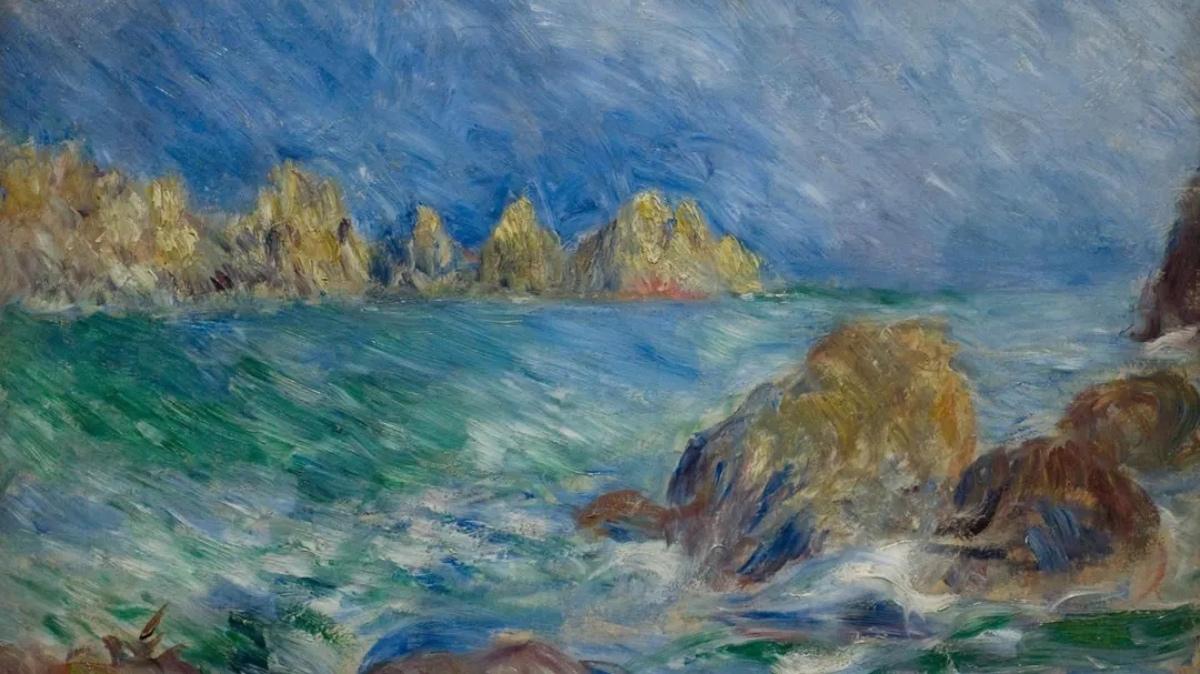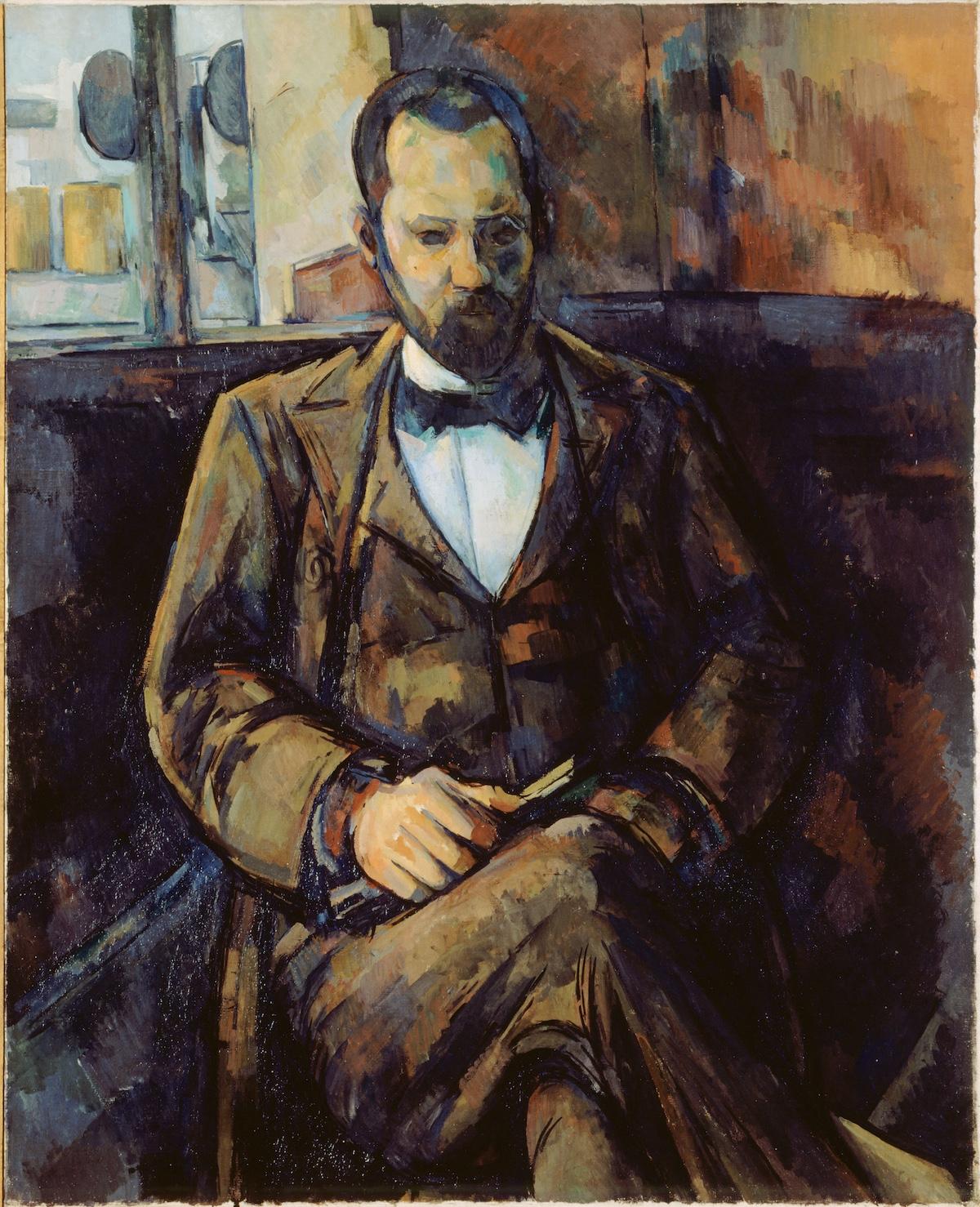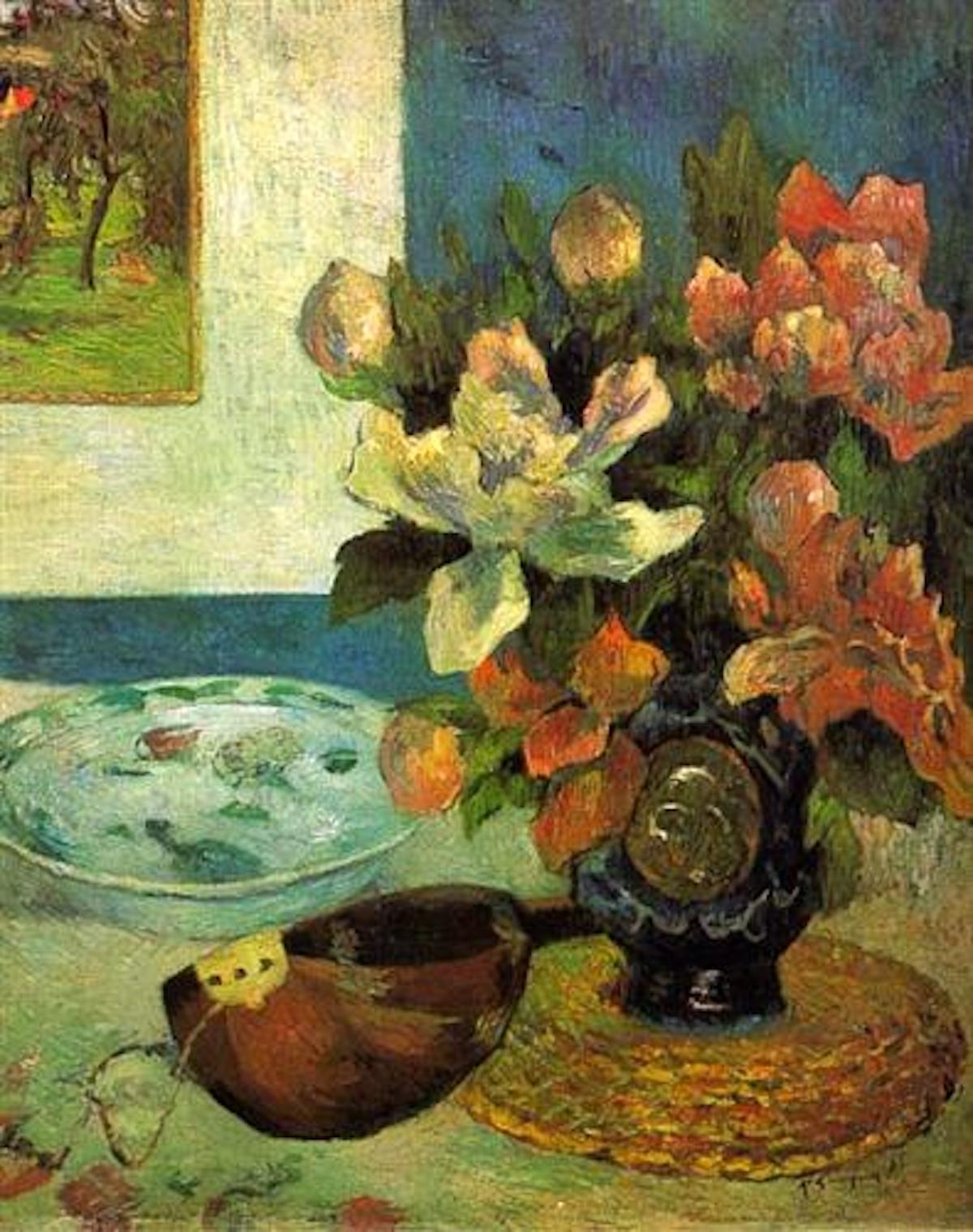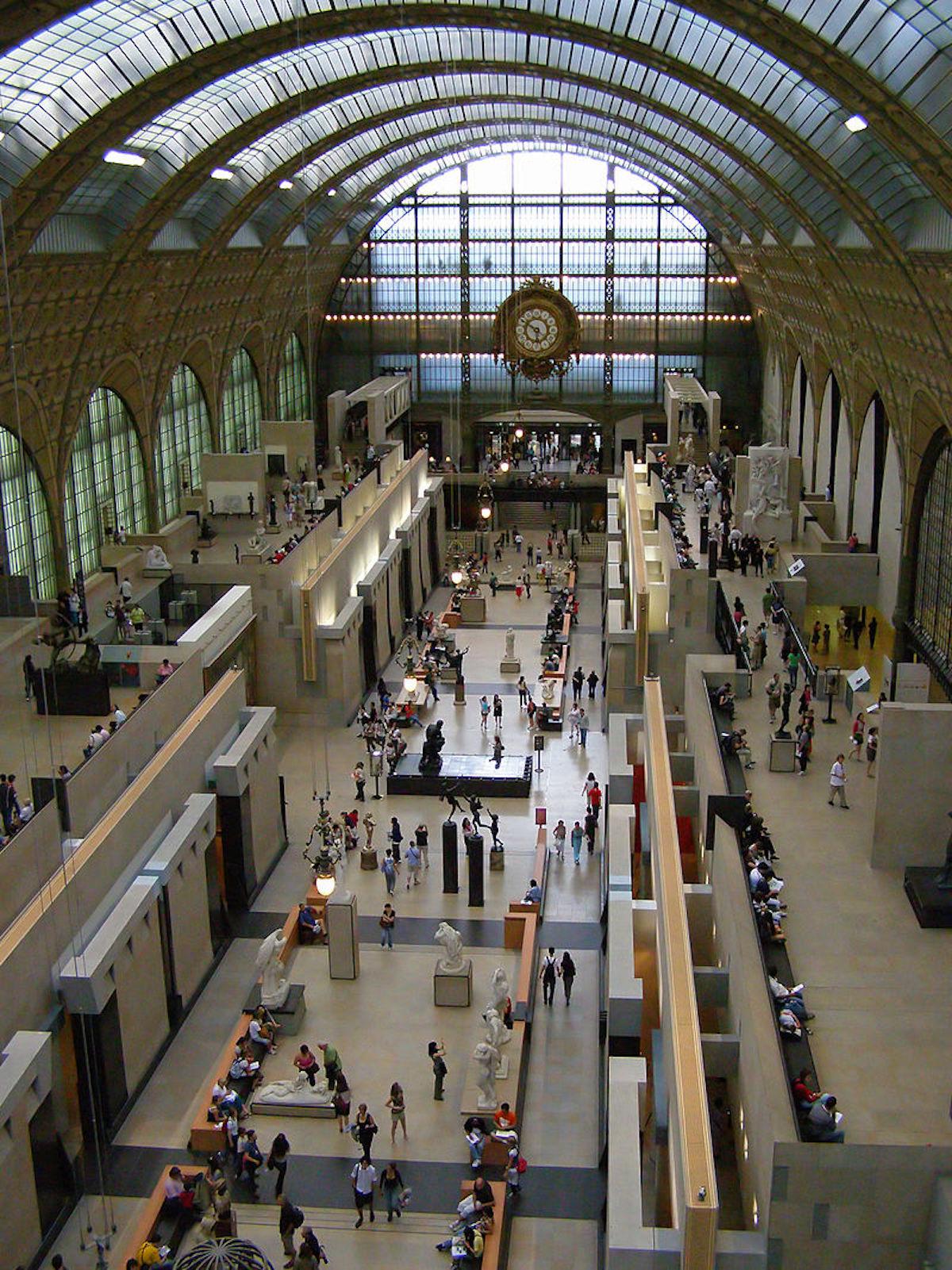This complex case has been ongoing for over ten years and all begins with Ambroise Vollard. Vollard was one of the most important art dealers in the twentieth century. He is responsible for the careers of Paul Cezanne, Aristide Maillol, Pierre Auguste Renoir, Pablo Picasso, Paul Gauguin, and Vincent van Gogh, among many others. In addition to befriending these artists, Vollard mounted many of their first exhibitions, published their prints, and collected many of their works. When Vollard died in 1939, he had over ten thousand artworks stored in his country mansion.
This is where the story gets complicated. After Vollard’s death, his estate’s executor was his brother, Lucien Vollard. Lucien colluded with Etienne Bignou and Martin Fabiani, both fellow art dealers, to steal part of the inheritance. The trio shipped hundreds of works to the United States, but the ship was intercepted, designated “enemy property” and the paintings were stored in Canada during the war. In 1949, a London court agreed to release these works to Fabiani, and the works began cropping up in the art market in NYC. The rest of the works were hid in a bank vault in Paris, overseen by a young Jewish Serb named Erich Slomovic. To make matters more complicated, the works in question today were sold by Bignou and Fabiani to German museums, dealers, and Nazi officers. All of the works in question have been listed on the Lost Art Database for German Lost Art, which chronicles the over two-thousand works recovered in Germany after the war, which have failed to be returned to their original owners.




























